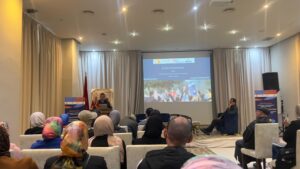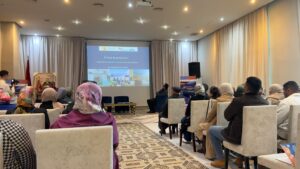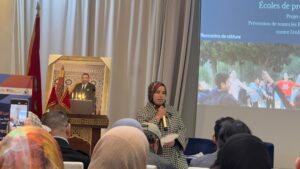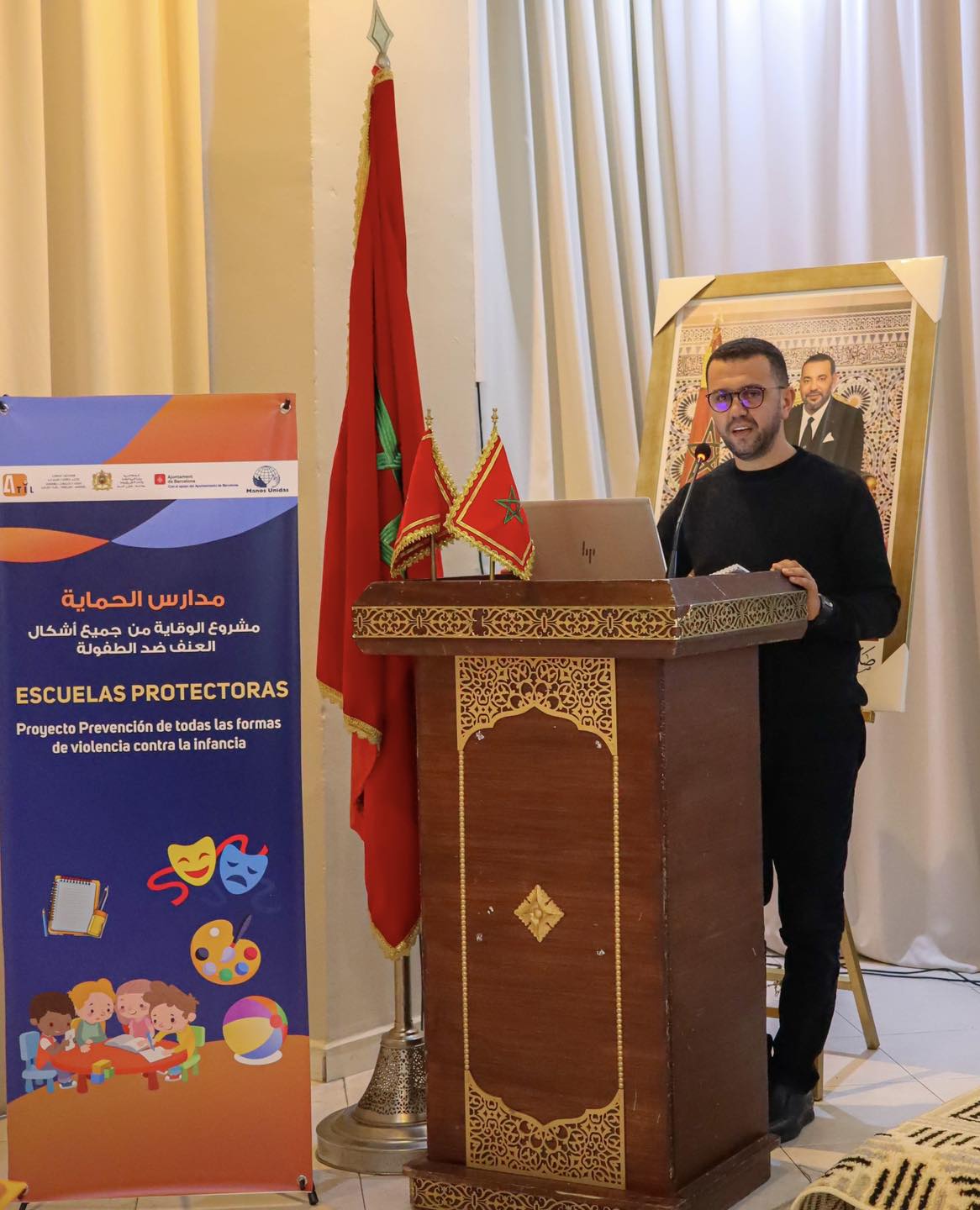 On December 27, 2024, PVE for Peace, in collaboration with ATIL and other local and international partners, facilitated the closing seminar for the project”Schools of Protection: Prevention of all forms of Violence against Children”. The seminar provided an opportunity for key stakeholders, including teachers, parents, students, and administrators, to come together and discuss the findings from our comprehensive diagnostic study aimed at preventing violence in schools.
On December 27, 2024, PVE for Peace, in collaboration with ATIL and other local and international partners, facilitated the closing seminar for the project”Schools of Protection: Prevention of all forms of Violence against Children”. The seminar provided an opportunity for key stakeholders, including teachers, parents, students, and administrators, to come together and discuss the findings from our comprehensive diagnostic study aimed at preventing violence in schools.
A Participatory Approach to Addressing School Violence
The project utilized a participatory approach to gather insights from the entire educational community. PVE for Peace worked closely with ATIL to identify the communities in three schools in Tétouan—École Fkih Al Arab Lhou, École Fkih Al Tangui, and the Ketan Schools Group. Through discussions and interviews, we aimed to capture the diverse perspectives of students, teachers, parents, and administrators on the prevalence of various forms of violence, including physical, verbal, psychological, and digital violence.
The findings were clear: the violence in schools is multi-dimensional, impacting students emotionally and academically, while also being fueled by family issues, inadequate school resources, and the pervasive influence of digital media.
Key Findings from the Diagnostic Study
During the seminar, the results of the diagnostic study were shared, highlighting several important points:
- Immediate Effects on Students: Emotional responses such as pain, fear, sadness, and withdrawal were common among students experiencing violence, often leading to long-term consequences like low self-esteem and reduced academic performance.
- Causes of Violence: The study identified several underlying factors:
- Family Issues: Family breakdown, poverty, and outdated parenting methods were significant contributors to the violence witnessed in schools.
- School-Related Factors: Poor teacher training and overcrowded classrooms exacerbated the situation, often leading to situations where violence was used as a means of control.
- Digital Violence: Excessive use of smartphones and online games, as well as cyberbullying, were highlighted as growing concerns in the schools.
Teachers noted that while they viewed violence as primarily a social and economic issue, they were also increasingly concerned about the challenges posed by digital violence. Administrators pointed out that both verbal and physical violence were rampant in the playgrounds and surrounding areas of the schools, with a strong call for more proactive measures.
Practical Solutions: The Guide for Teachers and Educators
 One of the most significant outcomes of the project was the creation of a practical guide aimed at addressing violence in the school environment. The guide, titled “Dealing with Violence in Schools: Diagnosis, Intervention, and Referral,” provides a clear framework for educators on how to manage cases of violence effectively. It includes:
One of the most significant outcomes of the project was the creation of a practical guide aimed at addressing violence in the school environment. The guide, titled “Dealing with Violence in Schools: Diagnosis, Intervention, and Referral,” provides a clear framework for educators on how to manage cases of violence effectively. It includes:
- Classification of Violent Cases: The guide outlines how to categorize cases of violence into three levels—mild, moderate, and severe—and provides step-by-step instructions on how to handle each.
- Referral Mechanisms: It provides actionable referral pathways for both internal school interventions and external support services, ensuring that students receive the help they need, whether it be psychological support, legal action, or family assistance.
- Promoting a Safe School Environment: The guide emphasizes the importance of creating an inclusive and safe school climate by improving infrastructure, offering psychological support, and enhancing community involvement.
Creating a Safer School Environment: Key Recommendations
The seminar also showcased the key recommendations arising from the study, focusing on improving the school environment through both practical and systemic changes:
- Strengthening Parental Involvement: Organizing workshops for parents, especially mothers, on modern parenting techniques was recommended to help address family-related causes of violence.
- Enhancing Teacher Capacities: Continuous training for teachers on managing difficult situations, as well as encouraging the use of effective communication methods with students, was emphasized.
- Reducing Digital Violence: The need for better digital literacy programs, particularly focusing on safe internet usage, was stressed, alongside increasing parental awareness about the importance of monitoring children’s digital activity.
A Collaborative Vision for Future Action
The closing seminar was not just a moment for reflection but also a call to action. All stakeholders—teachers, administrators, parents, and community members—are now tasked with implementing the recommendations and actively working together to create a safer, more inclusive learning environment for students.
PVE for Peace remains committed to supporting these schools and communities in fostering peaceful, violence-free educational spaces, and the results of this study will continue to inform our ongoing work in the region.







Leave a reply